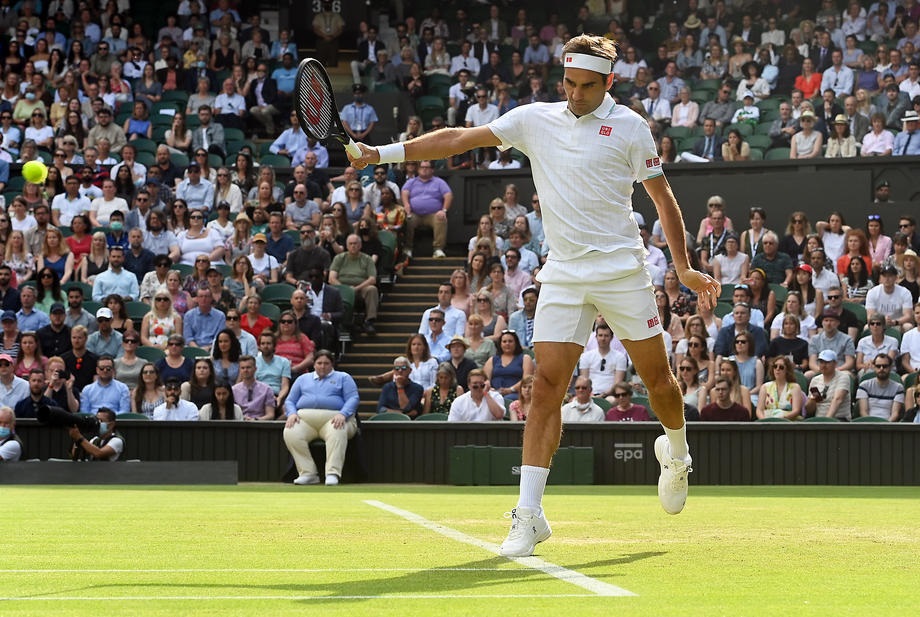- Mubadala Citi DC Open Men’s and Women’s Tennis Draws
- Paris Olympic Tennis Draws and Order Of Play for Saturday, July 27, 2024
- Kitzbuhel Generali Open Draws and Order of Play for Friday, July 26, 2024
- Paris Olympic Tennis Singles and Doubles Draws
- Croatia Open Umag Draws and Schedule for Friday, July 26, 2024
- Atlanta Open Draws and Order of Play for Thursday, July 25, 2024
- Croatia Open Umag Draws and Schedule for Thursday, July 25, 2024
- Laver Cup Tennis 2024 Is in Berlin September 20-22 • Almost all the top men’s players will be playing
- Coco Gauff Named Team USA Flag Bearer for Olympic Games
- Kitzbuhel Generali Open Draws and Order of Play for Wednesday, July 24, 2024
- Croatia Open Umag Draws and Schedule for Wednesday, July 24, 2024
- Atlanta Open Draws and Order of Play for Tuesday, July 23, 2024
- Fils upsets Zverev for Hamburg title, Borges beats Nadal in Bastad
- Kitzbuhel Generali Open Draws and Order of Play for Tuesday, July 23, 2024
- Croatia Open Umag Draws and Schedule for Tuesday, July 23, 2024
Alix Ramsay Rambles About Why She Loved The LAVER CUP Tennis 2019 • Geneva
- Updated: September 25, 2019
Let me take you back to a different time, a time when we were young and things were different.
Back in those days, sport was something to be endured rather than enjoyed. Well, it was if you went to a girls’ school just outside London where the PE staff were drilled by the SAS and taught interpersonal skills by the descendants of Attila the Hun.
At my school, we played netball and lacrosse. I say “played” but I use the term loosely. Basically, we hung about the court or the field for 40 minutes trying to avoid severe physical damage inflicted by the elite few who actually had some aptitude for these ridiculous games.
I never understood the point of netball. I know that it has changed dramatically since my youth (my youth being the days when central heating involved rubbing two boy scouts together to make fire) and that in countries like Australia, it is hugely popular and is played by girls and boys alike, but back in Britain’s Dark Ages it was a girls-only sport and was about as enjoyable as having your teeth drilled.
For someone who grew up as a football fan, netball was counter-intuitive. Get the ball and then stop moving. Why? And if, like me, you were taller than the other kids, you got lumbered with being a goalkeeper. That involved a lot of standing around in the cold and the damp waiting for someone to attack. Given that most of my classmates were utterly useless at netball, that didn’t happen much. It did little for the aerobic capacity and less for the patience.
As for lacrosse, what dimwit decreed that arming a gang of teenage girls – all hormones, moods and petty rivalries – with large wooden sticks and letting them belt seven bells out of each other (lacrosse having no discernable rules in those days) for a half a morning was a good idea? Lacrosse was terrifying. That said, you could always spot the keener lacrosse types: they tended to be mouth-breathers with a nasty gravel rash on their knuckles.
Needless to say, my sporting career at school was limited. Its only highlight was the forged sick note, allegedly from my mother, that I had laminated for the purposes of longevity and produced weekly.
Yet when we were all released from this torture and allowed to go home, we rushed out to play football, tennis, cricket, whatever sport we liked, and we played it long into the evening, running around like lunatics to score the winning goal in the FA Cup final, to thump the final ace that would win us Wimbledon or chase down the catch that would win us the Ashes. We were kids and we let our imagination run riot. But that wasn’t sport; that was fun.
What has this got to do with the Laver Cup, I hear you sigh. Well, Team World and Team Europe were like us as kids as they did battle over the past weekend.
Team competitions are not new in tennis – although they used to be rarer than now – but they always came with added baggage: national associations wanting their share of the glory, chairmen/presidents/non-gender-specific people in charge of said organisations with whom all (or some) of the players may or may not have seen eye to eye, team mates who never got along, the constant struggle between doing national service or taking care of a career. The Laver Cup, though, seems to have sidestepped these problems.
There are captains, but they are John McEnroe and Bjorn Borg (and sometimes Bjorn actually speaks) and everyone has respect for their achievements. But there are also the teams – six men on each side who play as individuals but work together for the common goal of claiming that silver cup.
To hear Roger Federer effing and blinding at Sascha Zverev before the final tiebreak in the final match, demanding £&@%*#€ positivity and none of that negative @%*$ was a revelation. Who knew that the gentlemanly Rodge knew such words? Who knew he would ever say them with cameras rolling and microphones live? But he did, and he had Rafa Nadal in hot pursuit behind him as back up, as he chased Sascha back on to the court with a flea in his ear. He did it because it mattered.
For the fans, it was everything they could have asked for. Not only did they see their heroes on court, but they saw them together as a unit. Watching Rafa trying to explain doubles signals to Stefanos Tsitsipas was a hoot. “This,” he said, making a fist, “means you keep your position. Any finger means you cross. I not understand your fingers…” Stef looked serious; the rest of the team fell about laughing. And who is going to coach Roger at the change of ends? Hands up anyone who is brave enough. That would be Rafa – and Roger listened and took on board the instruction. It could only happen at the Laver Cup.
Then there was Nick Kyrgios, the sport’s best known bad boy. Yet there he was, the ultimate team player, offering support and encouragement to John Isner, at his side and in his ear and urging him on. This was a side of Nick – and of all the players – that we rarely have the chance to see.
Whether the event survives in the long term is anyone’s guess. But while it is here, it is not only worth watching but it is worth learning from, too. It may be stage managed and it may not be worth anything in terms of ranking points or elite status but it is clearly important to the players involved.
Yes, the Laver Cup is officially an exhibition event but this is no hit-and-giggle jolly. This event has the best men in the world playing for pride and for each other. The team spirit, the vibe when the biggest individuals in the sport come together, during the weekend-long show is unique. They are there because they want to be, not because they have to be. And that raw enthusiasm from the players is something that is sadly lacking in so many events around the world.
In essence, the Laver Cup is the elite equivalent of us scoring that winning goal in the council park before we had to go home for tea and homework. This isn’t sport; this is fun. But isn’t that what sport was supposed to be when it started out: fun?








